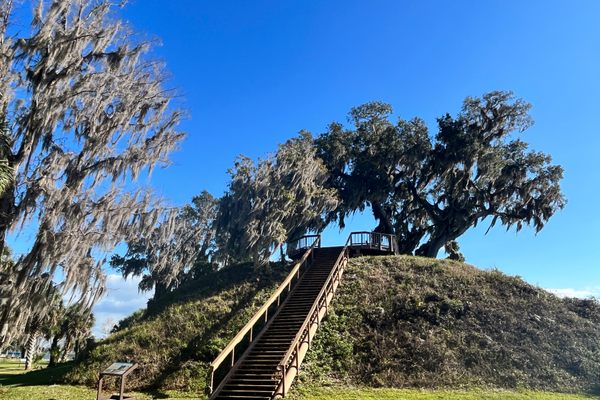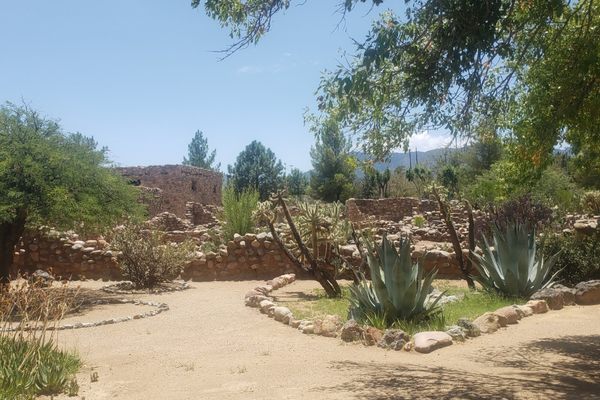Alab Petroglyphs
Engravings of penises and vaginas on a boulder in the Philippines dates local tribal history back to the Bronze Age.
High in the western slopes of Mount Data sits a unique boulder. It’s not the shape or sediment that sets it apart, but the unique inscriptions that decorate it.
In the 1950s, a small group of local farmers stumbled across the boulder, noticing its collection of prehistoric petroglyphs dating back over 3,000 years. They are the only engravings of their kind to be discovered in the Cordillera Administrative Region of the Philippines, and the set is one of two in the whole country.
The petroglyphs were officially documented in 1972. After close inspections by experts, an estimated 200 rock carvings were identified. They also believed that the petroglyphs were carved sometime after 1500 B.C. With its suggested age, these remarkable engravings found within ancestral lands serve as proof that the culture and history of Cordillera Indigenous tribes can be traced all the way back to the Bronze Age.
Further findings suggest that a metallic tool was used to carve the images. Most of the engravings depict anthropomorphism through geometric patterns. The most evident include V- and U-shaped carvings that were associated with sexual organs, bows and arrows, and a human figure with outstretched arms. Some of the carvings were called Binutbuto, which means “penis-like” in the Bontoc dialect, while the rest were said to depict the female genitalia. The boulder that the petroglyphs were carved on has been called Binutbuto Rock ever since. The bows and arrows were associated with hunting. As to the human figure with outstretched arms, it was believed to represent a god or a tribal elder or priest.
According to the oral traditions of the Bontoc people of Alab, the people who created the petroglyphs are buried in nearby caves.
Today the petroglyphs continue to fade due to natural erosion, people stepping on them as they use the rock as a scenic viewpoint, and active vandalism. The location was submitted to UNESCO World Heritage Sites in 2006, but has yet to receive a conservation status or protective measures.
Know Before You Go
Be respectful of the community, their culture, and the environment when visiting this place. Do not step on the petroglyphs. The area is also considered a sacred place and any form of horseplay or loud noises are discouraged.
An ascent through the so called “Thousand Steps” is necessary to reach the Binutbuto Rock. The path starts with a steep concreted staircase followed by very-steep, rock-strewn steps.




















Follow us on Twitter to get the latest on the world's hidden wonders.
Like us on Facebook to get the latest on the world's hidden wonders.
Follow us on Twitter Like us on Facebook